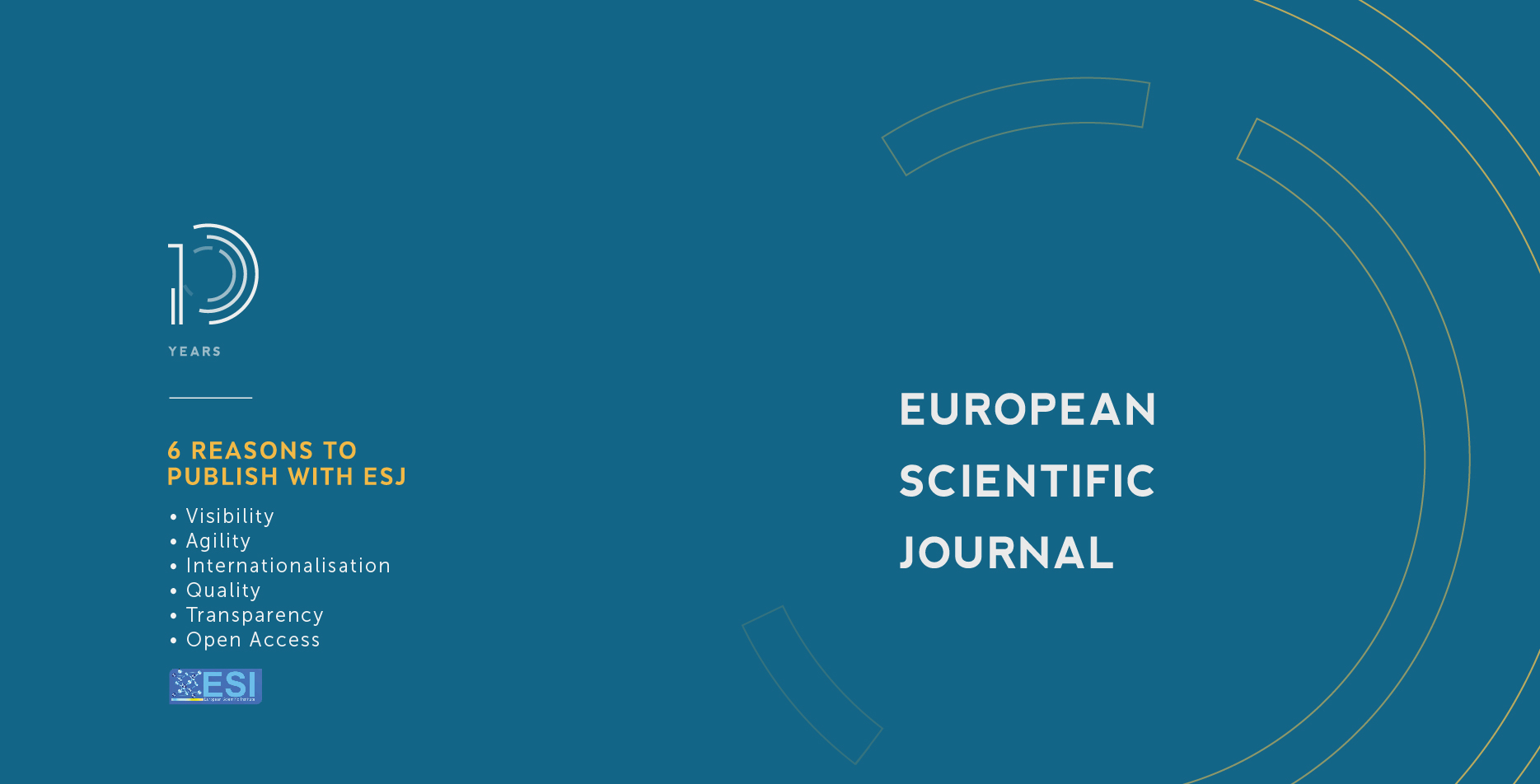Public Policies and Sustainability of Industrial Growth in Pakistan
Abstract
The paper evaluates the effectiveness of public policies on the growth and development of the industries sector of Pakistan. Based on the supporting arguments, it historically reviews the performance of the industrial sector during the last seven decades (from 1951 to 2020), pointing out the flaws in the formulation and implementation of public policies. The components of the industrial structure are required to identify the major obstacles hampering the growth and sustainability of this sector. The components like; industrial power supply, credit facility, technical and vocational education to industrial workers, flexible taxation system, and basic infrastructure facilities are given emphasis here and are thought to be of more importance in the rapid industrial progress in the country. Likewise, the security issue and law and order situation is also of greater importance in giving protection to physical as well as human resources in the overall industrial structure. The paper also suggests coherent sustainable policy recommendations as a way forward for the sustainable industrial growth of Pakistan in the larger public interest.
Downloads
Metrics
PlumX Statistics
References
2. (1951-1971). ESP-Economic Survey of Pakistan, .
3. (1971- 2000). ESP- Economic Survey of Pakistan .
4. (2000,2001-2019, 2020). ESP- Economic Survey of Pakistan .
5. (2015- 2020). Retrieved from CFI Institute: Educations.CFI-.c0m
6. (2017- 2020). ESP- Economic Survey of Pakistan .
7. Alessio Terzi, A. S. (n.d.). Retrieved March 2022, from European Commission: https://ec.europa.eu/info/publications/industrial-policy-21st-century-lessons-past_en
8. Becker, B. (n.d.). Public R&D Policies and Private R&D Investment: A Survey of the Empirical Evidence. Retrieved from SSRN: https://papers.ssrn.com/sol3/papers.cfm?abstract_id=2676376
9. MHAMMEDI, P. A. (n.d.). The Keys to Inclusive Growth. Retrieved from https://www.project-syndicate.org/commentary/inclusive-growth-competition-policy-and-flexicurity-by-philippe-aghion-and-aymann-mhammedi-2021-11
10. Ricardo, H. &. (30 December 2006). What you export matters. Retrieved March 2022, from Springer Links: https://link.springer.com/article/10.1007/s10887-006-9009-4
11. Saggi, H. P. (n.d.). The case for industrial policy: a critical survey*. Retrieved from Worldbank.org: https://documents1.worldbank.org/curated/en/640951468138862957/pdf/wps3839.pdf
Copyright (c) 2022 Hamzo Khan Tagar, Syed Roshan Ali Shah, Iram Shoro, Muhammad Saleem Jalbani

This work is licensed under a Creative Commons Attribution-NonCommercial-NoDerivatives 4.0 International License.








